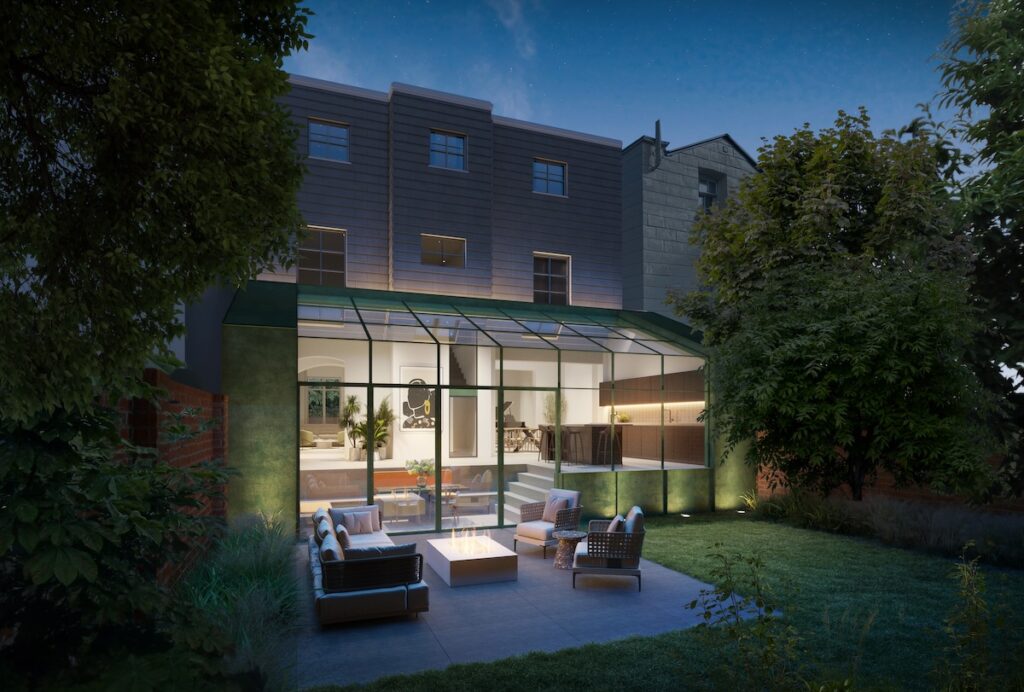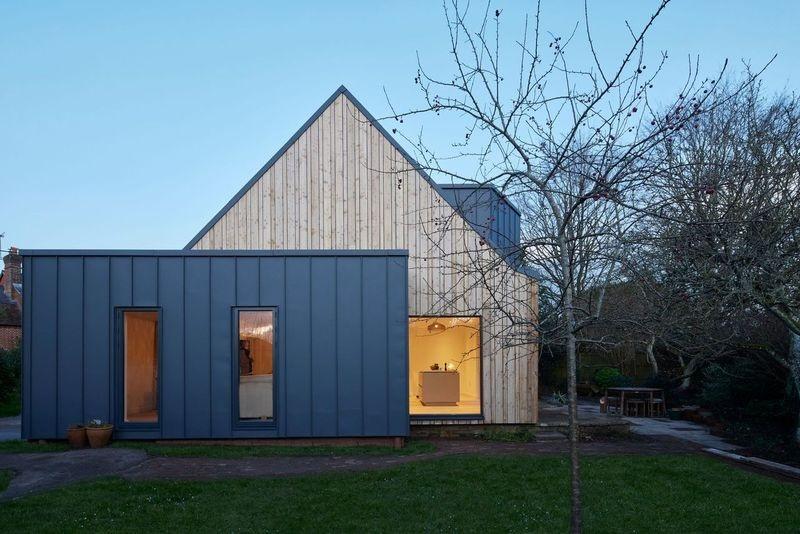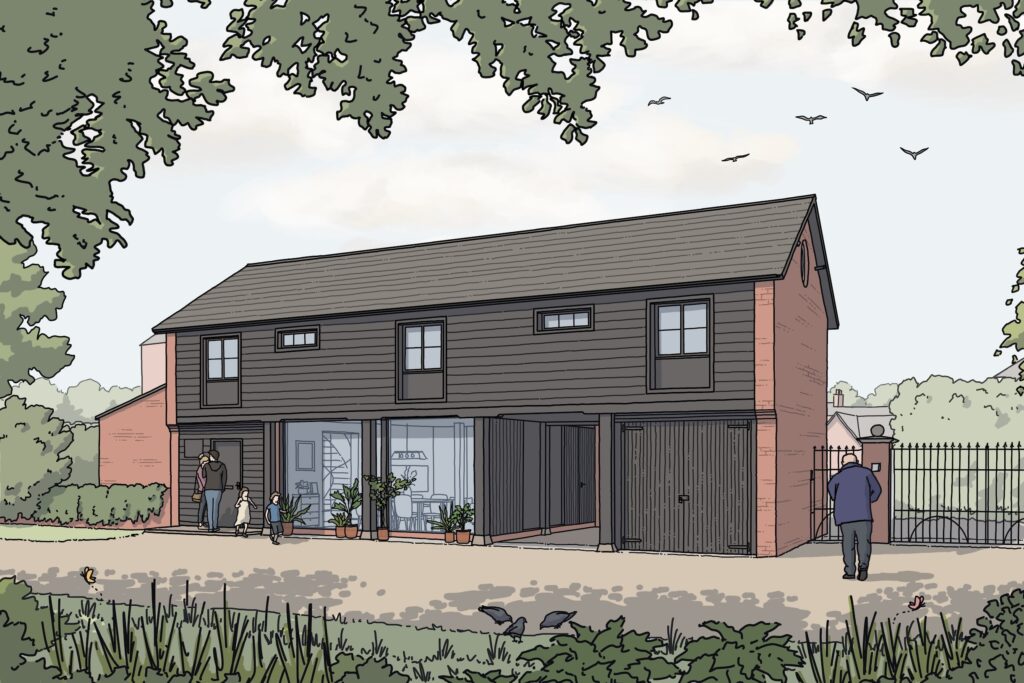With the start of the second quarter we wanted to take an opportunity to briefly share a practice update some of our project news, thoughts and advice.
Regency Villa Starts Onsite
Work has started on the Regency Villa, a Grade II Listed townhouse in central Southampton. Our design will sympathetically refurbish,extend and reimagine this beautiful period property, to create a wonderful family home.
The four-storey listed townhouse had previously been subdivided into a House of Multiple Occupancy (HMO), our project strips back the modern and out of place additions, to restore the home back into a a stunning single dwelling.
The design will deliver a scheme that enhances the rich, historic personality of the original dwelling, upgrading the energy efficiency of the property, to create a functional and joyful home for the owners and their young family.
You can find full project details here.
How to Start a Self-Build Project.
If you are thinking of starting a self-build project, we understand that it can often feel daunting.
The team here at Studio BAD have over 50 years’ collective architectural experience, designing self-build houses and extensions. We are perfectly placed to help you understand the process and have recently answered some key FAQ’s on this topic to help you get your project started.
You can read the full article here.
Planning secured in National Park
We are thrilled to have secured planning for The Granary, a beautiful heritage building set within the New Forest National Park, and also located within listed building curtilage.
The interesting scheme converts and infills an existing open carport space. Our design has places an emphasis on celebrating the original character of the building, highlighted through contemporary interventions.
You can find full project details here.
To join our mailing list for monthly practice updates, please contact us directly at darren@studiobad.co.uk


